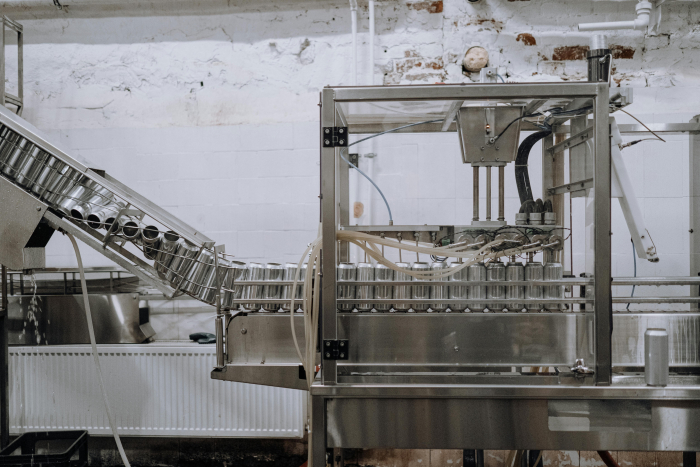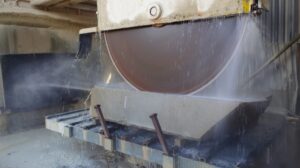The Provision and Use of Work Equipment Regulations 1998 (PUWER) is a UK regulation designed to ensure that work equipment is safe, suitable, and properly maintained. It applies to all employers, self-employed individuals, and anyone who has control over work equipment used in the workplace. Two key activities that support this duty are PUWER Assessments and PUWER Inspections, each serving distinct but complementary purposes.
Posted
13.10.2025
Written by
Carrying out a PUWER Assessment is essential for several reasons, all rooted in ensuring the safe and compliant use of work equipment in the workplace. A PUWER Assessment carried out by Finch will review the requirements set out in PUWER Regulations 4 through to 24 ensuring a safe and compliant working environment.



